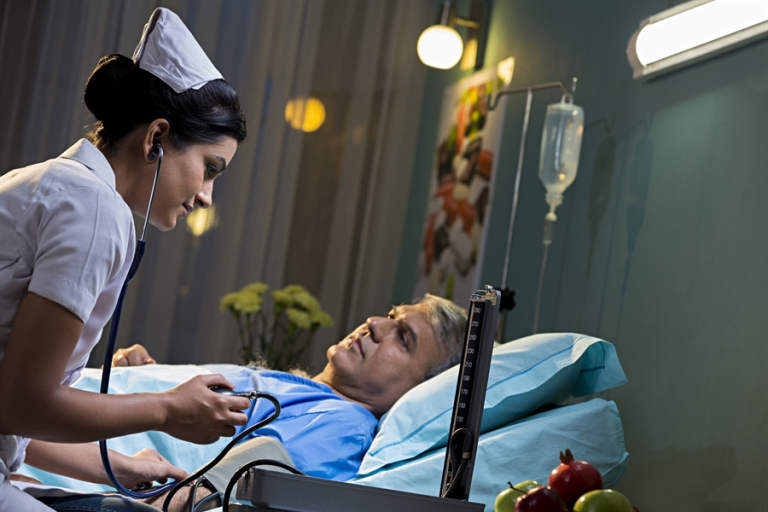Vitamin B12 and Folate Deficiency
December 2019
There is much to understand about Vitamin B12 and Folate deficiency amongst the elders and younger generations, so read through the blog to understand it better

Ventilation is one of the important aspect which has to be given by a Respiratory Therapist based on the disease the patient is suffering from. BIPAP/CPAP are the two methods opted for the ventilation process. CPAP stands for Continuous Positive Airway Pressure and BIPAP stands for Bilateral Positive Airway Pressure. Both the methods do not require insertion of any tube but it just requires a face mask similar to a snug while undergoing any therapy. BIPAP and CPAP machines are generally given for patients suffering from disorders like Sleep Apnea, Congestive Heart Failure, Lung disorders etc. .and it allows the patients to breathe easily at night.
CPAP delivers pressure continuously, that is, the pressure remains the same irrespective of whether the patient is taking a breath or has stopped breathing. BIPAP delivers a different pressure when the person is inhaling and a different pressure when the person is exhaling. Thus in the process ,two different ways of exercising pressure is followed. They are:
IPAP – Inspiratory Positive Airway Pressure
EPAP – Expiratory Positive Airway Pressure
The Therapists and the nurse should have a sound knowledge of these therapies so that the treatment is imparted in the right manner.
The respective caretaker should ensure that CPAP/BiPAP is used during all naps and all night time sleep without any disruption. To get adapted to the therapy, the following points should be meticulously followed:
In the above process, patients may suffer certain problems like nasal allergies, temperature problems, nasal dryness, nasal irritation etc. But if a patient sticks to the hygiene factors and follows the caretaker’s instructions, the therapy will run in a smooth manner.
